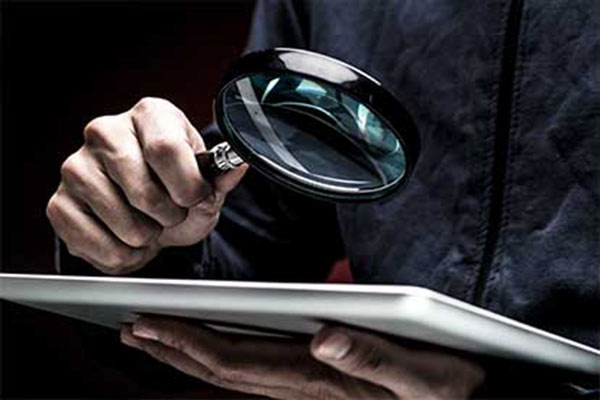Uttering Threats
Uttering Threats
264.1 (1) Every one commits an offence who, in any manner, knowingly utters, conveys or causes any person to receive a threat
(a) to cause death or bodily harm to any person;
Elements of the Offence
Actus Reus: The actus reus is met by utterances that a reasonable person would consider a threat. In the reasonable person background factors play an important role, including the words used, the surrounding circumstances, the relationship between the parties and any other relevant factors.
R. v. Clemente [1994] S.C.J. No. 50, Actus reus is uttering threats to cause serious bodily harm,
R. v. McCraw: [1991] 3 S.C.R. 72 Reasonable person, Viewed objectively in the context of the words spoken, with regard to the person to whom they were addressed, would the words convey a threat of serious bodily harm to a reasonable person.
Armstrong: 95 C.R. (6th) 46, Reasonable Person Test would objective person consider words threat? Taking into account the words uttered by the speaker, the circumstances of the speaker, and the person to whom the words are communicated or who is the subject of the threat
Bone : [1993] M.J. No. 222, In deciding whether to infer the specific intent to instill fear in someone, the trier of fact must consider evidence of D’s intoxication, together with all the other circumstances in which the threat is uttered
Batista: For Actus reus assessment of all relevant circumstances is required, the relationship between the V and D provides context
Mens Rea: For Mens rea to be met, there needs to be a subjective intention to intimidate or words to be taken seriously. Recklessness is not appropriate, knowledge is required. But this determination is arrived at using objective factors.
Leblanc Innocently made threat is not a threat, whether D intended to carry out the threat is not material
Noble: Knowingly: Subjective intent component (words/threats must be taken seriously or intimidate), recklessness not enough
Clemente [1994] S.C.J. No. 50. The mental element is that the words were meant to intimidate or be taken seriously, this depends upon the words used, the context in which they were spoken, and the person to whom they were directed.
It is useful to look at some cases where the offence wasn’t proven.
R. v. Fischer: [1999] A.J. No. 1156
R. v. Eakin : [2002] M.J. No. 349
As I see it, even if the accused did utter some words capable of being interpreted as a threat, which he denies, and no other witness was produced to confirm that he did utter them, they were uttered at a time when the accused may have been understandably upset about the lopsided loss of his son’s team and frustrated with the complainants’ behaviour in support of the other team. It is not inconsistent with all the evidence to view that any words beyond those admitted by Eakin were nothing but outbursts of disappointment and frustrations and were not intended to be taken seriously.
Twaddle: There were many reasons why threatening words alone would not suffice. The most obvious arose from the fact that people do not always say what they mean or mean what they say. There was thus the danger of misconstruing words, especially those which were spoken, and the further danger of assuming that a person actually intended to do what he or she had threatened. It is a well-recognized trait of human kind, found even in the sober and the sane, to make rash and extravagant statements of what they intend to do in the future without intending to do any such thing or, if they had such an intent, to regret the though and abandon it before harm is done.
R. v. Lee (1988) 3 W.C.B. (2d) 203:0803 (Ont. Dist. Ct.), , the accused, during the course of a heated argument, “told the victim that he would smash his face in”. The Court held that “while the words uttered here might in some circumstances constitute a threat, they were of such gross proportions that it represented simply a series of epithets used in circumstances of anger.” (I would say that this is very similar to what happened to our client)
R. v. Payne-Binder (1991) 7 C.R. (4th) 308 (Yukon C.A.).: “The questions (sic) to ask is, did the respondent intend the words to be taken seriously? To put it another way, did the respondent intend the parties to be frightened? Bearing in mind the context in which the words were spoken, another frustrating courtroom appearance and the background dealings between the parties….The respondent was trying to convey to the court her total desperation in the inability to resolve the problems of custody and access to two children following a separation. The words were used to convey that desperation that she wanted the matter to be resolved, but not with the intention to be taken seriously or to frighten the parties that she would kill or cause them serious bodily harm.”
R. v. Kontuk [2012] N.S.J. No. 306 2012 NSSC 204
50 Having considered the words spoken, in the context of the facts found by the trial judge, I cannot say that “could break the window and haul you out if I wanted to” would constitute a threat to a reasonable person. Mr. Avery was in the vehicle and though Mr. Kontuk had initially tried the door that was the only time he did so. (Common law relation, hadn’t been invited to son’s wedding)
Seems like a threat but because of the relationship, court quite happy to rule that there was no threat. Facts matter, background matters. In the leading cases of Clemente and McCraw the facts were quite troubling.
The Clemente case is distinguishable on the facts from the case at Bar, in that there the threats towards a caseworker were uttered within the context of five days of frustration in dealing with the caseworker on getting his case before the appeal board, and in the broader context of a long-standing obsession by the accused there over a failed real estate transaction that left him penniless and onto public assistance.
R. v. McCraw, [1991] 3 S.C.R. 72 (26 September 1991) 21684. In that case the appellant had written anonymous letters to three football cheerleaders detailing various sexual acts he wished to perform on them and concluded with the threat that he would have sexual intercourse with them “even I have to rape you”
Defence
On the Actus Reus front, it is more of a losing battle. But there is still an argument to be made. Did the complainant really feel threatened by the accused? She is a relatively fragile woman who keeps saying she will beat up people, in a strange house, where she is outnumbered at least 3-1. Did the complainants really conceive of this behaviour as an actual threat against them or did they believe it, as a reasonable person would in the circumstances, that the utterances were simply epithets in circumstances of anger. I’d suggest that this is far the more likely explanation. Both sides exchanged obscenities in anger. Mrs. Atcheson was clearly upset because she thought that her son had been endangered by reckless driving, and she lashed out. Her words, if we believe the allegations of the complainant, would not be construed as threats by the reasonable person.
Temporal proximity is also a factor in our favour. The alleged threats were made right after the dangerous driving, and point to being outbursts of frustration rather than being genuine threats.
Mens Rea: Far stronger case here. There are doubts as to whether Mrs. Atcheson had the requisite intention. Important to note that recklessness is not enough, and she must have subjectively, (and not in a momentary outburst of anger), intended to intimidate or for her words to be taken seriously. There is a level of premeditation required here that is just not an appropriate fix for the facts of this case. Mrs. Atcheson was angered by dangerous driving in proximity of her toddler, and she rushed to the house of the perpetrator, saying things in anger that any mother might.
I have analyzed the actus reus and mens rea on the assumption that the allegations of the complainant are true. Credibility is another issue.





